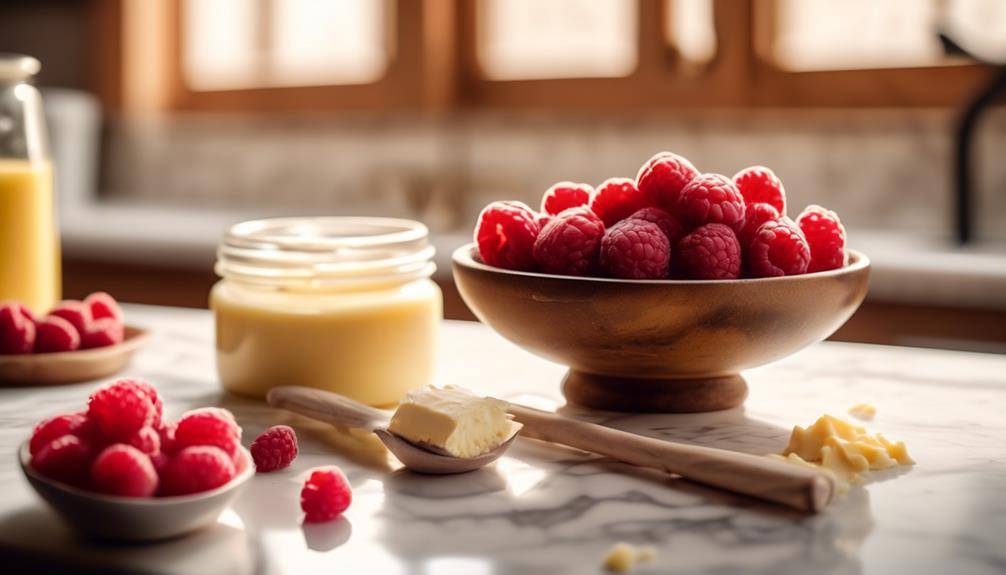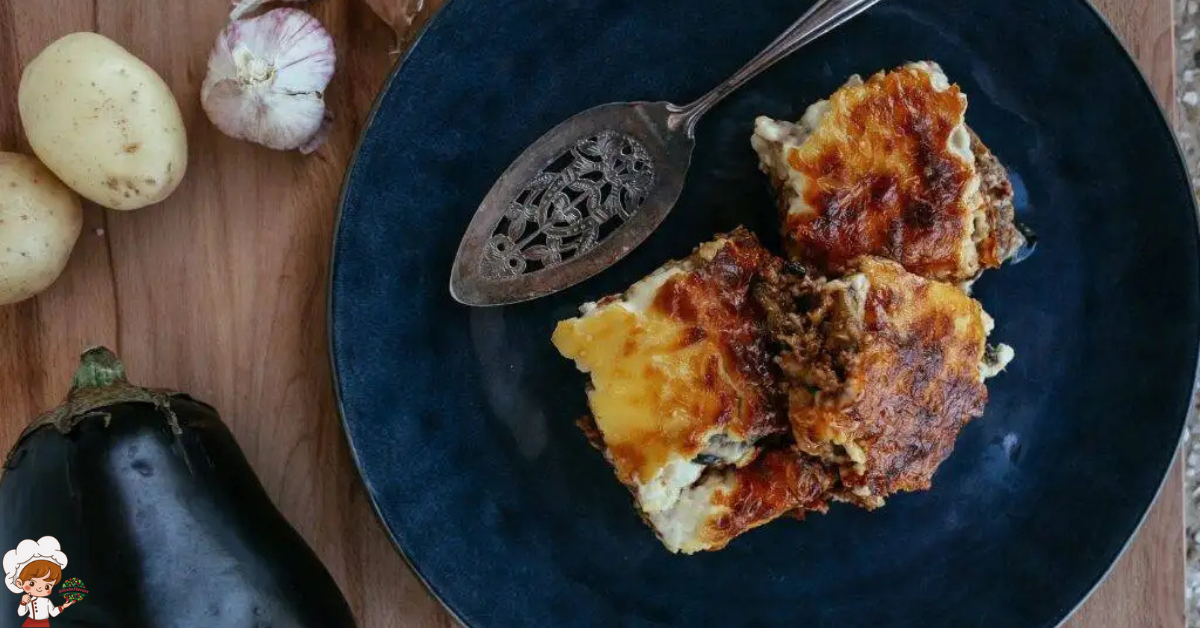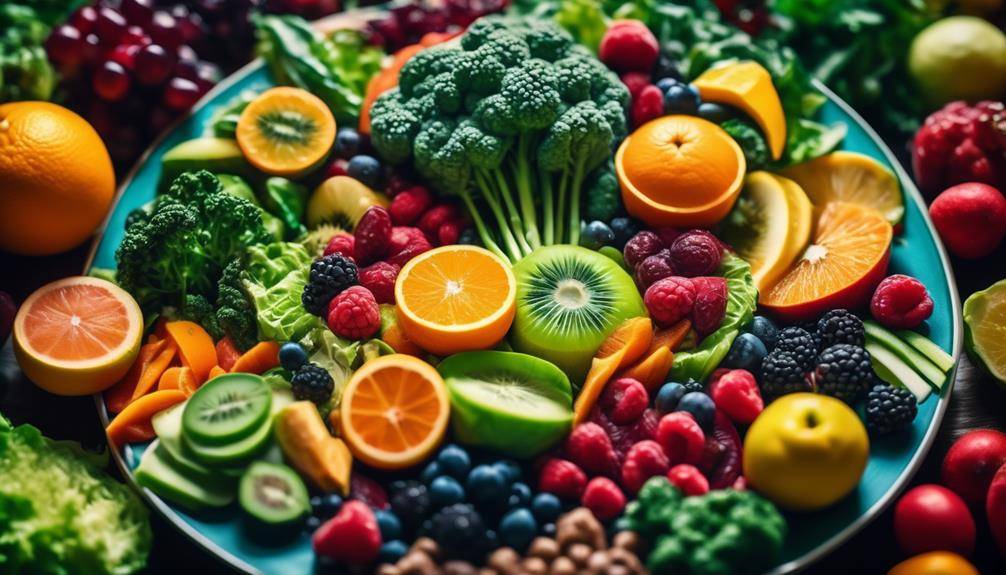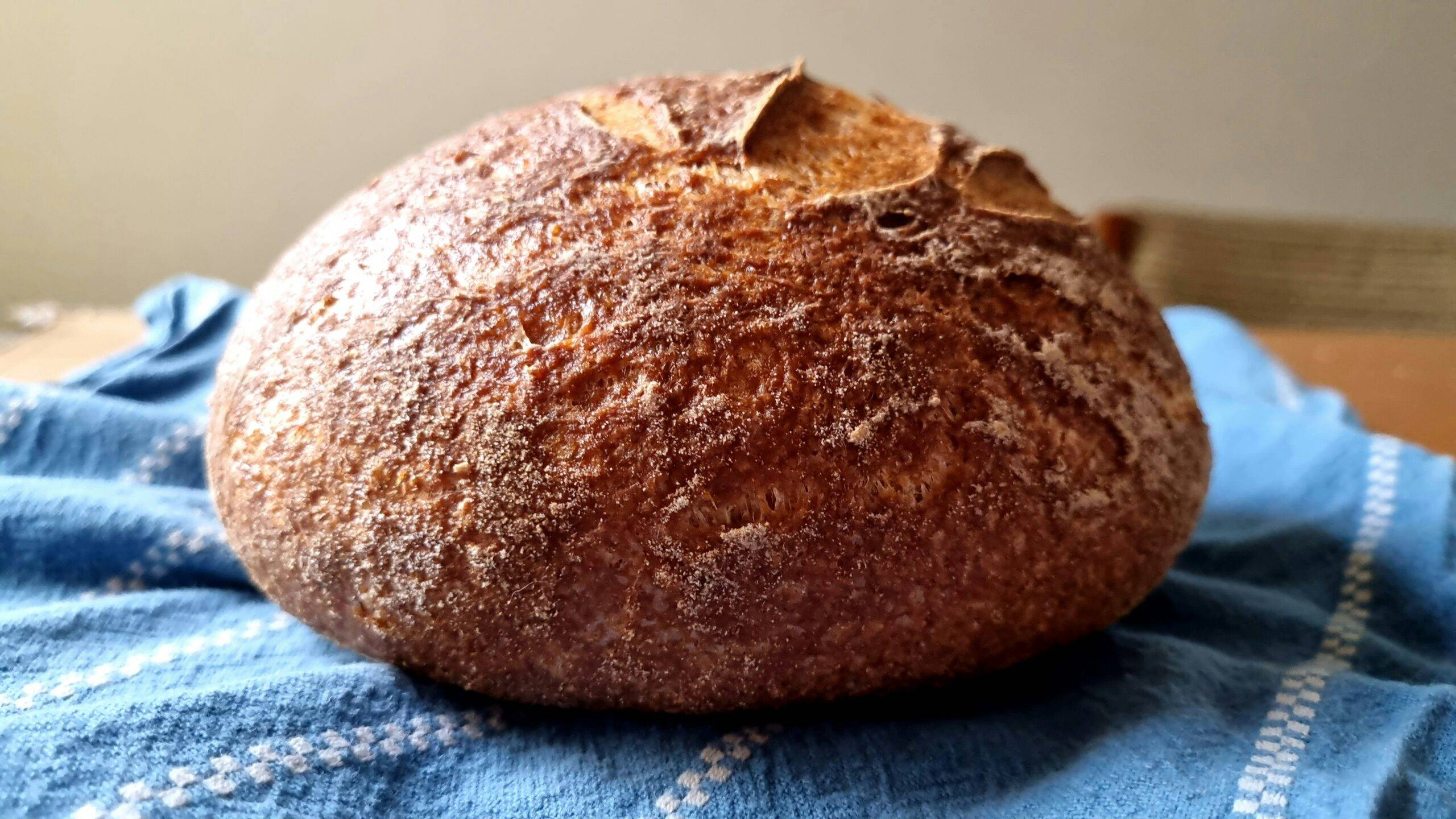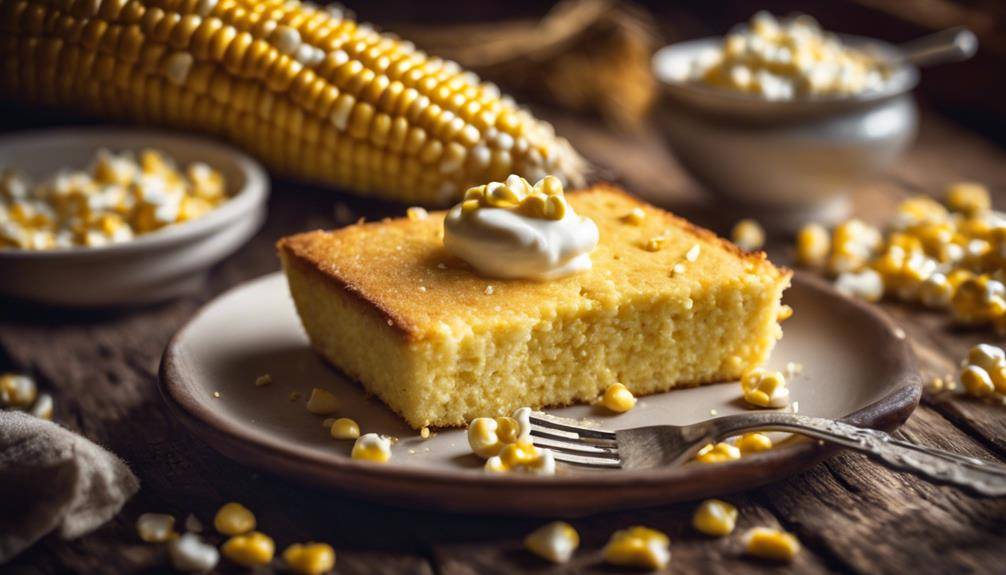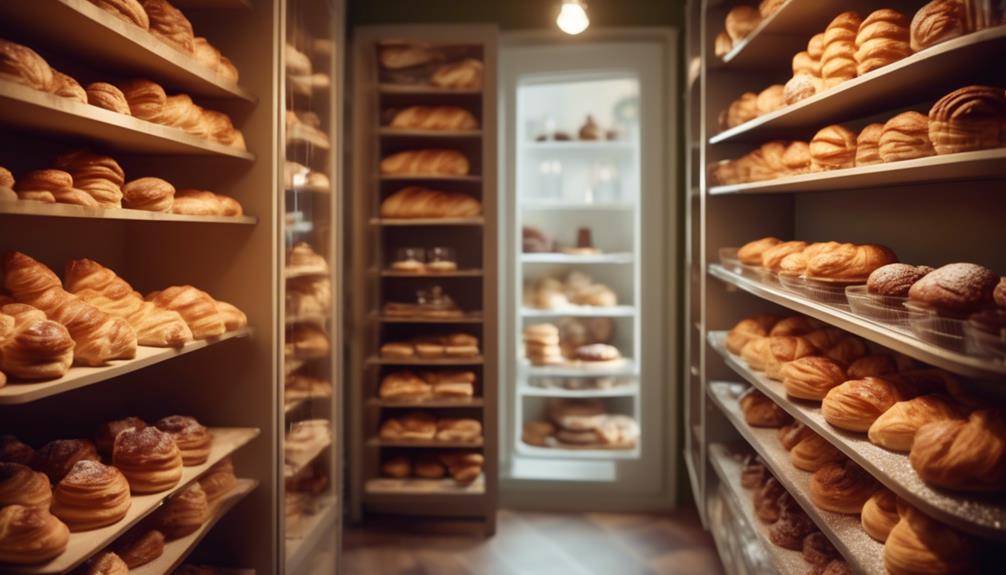The Best Indoor Grilling Techniques And Tips
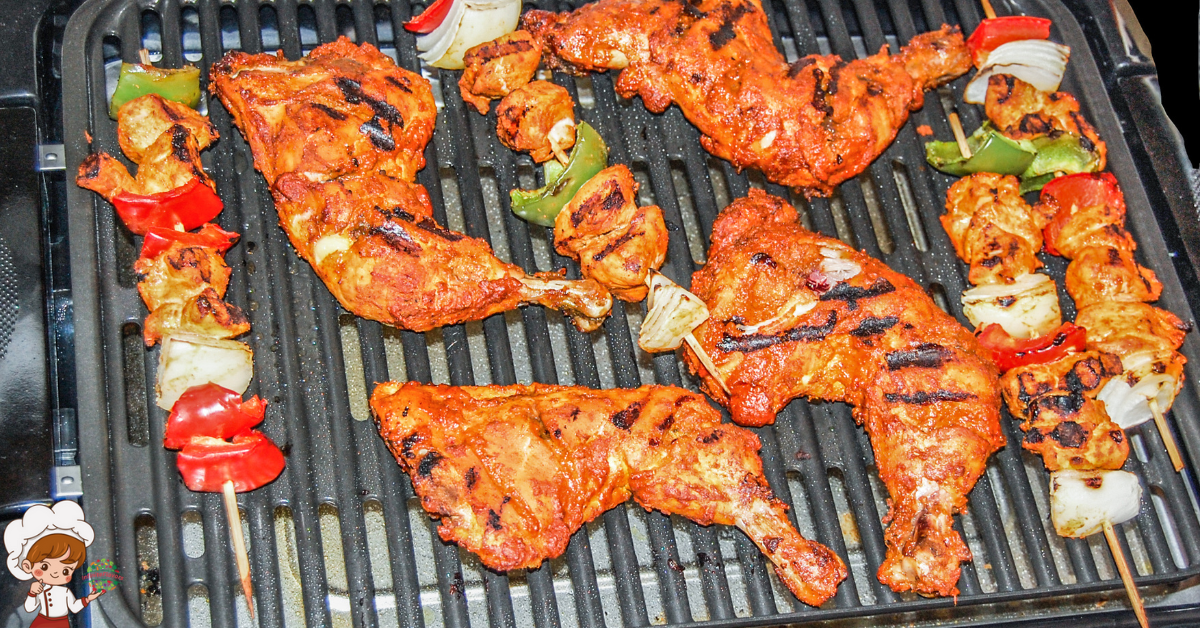
Indoor Grilling Techniques; Imagine the mouthwatering aroma of sizzling meat, the tantalizing sizzle that fills the air, and the irresistible taste of perfectly grilled food. Now, what if you could achieve all of that right in the comfort of your own kitchen? Indoor grilling brings the joy of barbecuing indoors, allowing you to enjoy smoky flavors and charred goodness all year round. But how can you master this art and achieve the same results as outdoor grilling? In this discussion, we will explore the techniques and tips that will elevate your indoor grilling game to new heights.
Choosing the Right Indoor Grill
When it comes to selecting the perfect indoor grill for your cooking needs, there are a few key factors to consider. Two of the most important aspects to pay attention to are grill size and temperature control. Let’s break it down for you.
Grill size matters because it determines how much food you can cook at once. If you’re cooking for a large family or frequently entertain guests, a larger grill will be more suitable. On the other hand, if you have limited counter space or only cook for yourself, a compact grill may be the better option. It’s all about finding the right balance between capacity and convenience.
Next up is temperature control. This feature is crucial for achieving perfectly cooked meals. Look for an indoor grill that offers precise temperature control, preferably with adjustable settings. This will allow you to cook a variety of dishes at different temperatures, from searing steaks to grilling delicate seafood. A good indoor grill should also have an indicator light or display that shows when the desired temperature has been reached, ensuring consistent and reliable results every time.
Preheating Your Indoor Grill
To ensure optimal cooking results, it is essential to preheat your indoor grill before you start grilling. Preheating your grill not only helps to achieve that perfect sear on your steak or the ideal char on your vegetables, but it also ensures that your food cooks evenly and thoroughly. So, let’s dive into some tips for faster preheating and explore the benefits of preheating for indoor grilling.
Firstly, to speed up the preheating process, make sure to clean your indoor grill thoroughly before each use. Any leftover residue from previous grilling sessions can hinder the heat distribution and slow down the preheating time. A clean grill will allow for better airflow and faster heat transfer, resulting in a quicker preheat.
Another tip for faster preheating is to use a higher heat setting on your indoor grill. By cranking up the heat, you can reduce the preheating time significantly. However, be cautious not to go overboard and risk burning your food. Remember to follow the manufacturer’s instructions for temperature settings to ensure safe and effective preheating.
Now, let’s talk about the benefits of preheating for indoor grilling. When you preheat your grill, it allows the cooking surface to reach the desired temperature before you start grilling. This means that your food will start cooking immediately upon contact, resulting in better searing and locking in those delicious flavors. Additionally, preheating your grill helps to prevent sticking, as the high heat helps to create a non-stick surface.
Marinating for Maximum Flavor
Getting the most flavor out of your indoor grilling starts with marinating your meat. The right combination of marinade ingredients can enhance the taste and tenderness of your grilled dishes. To ensure maximum flavor, it’s important to marinate your meat for the recommended amount of time and use proper marinating techniques. Let’s explore some flavorful marinade combinations, learn about marinating time recommendations, and discover the best practices for marinating your meat.
Flavorful Marinade Combinations
Enhance the flavor of your grilled dishes to perfection with a variety of mouthwatering marinade combinations. Marinating your meat is not only a great way to tenderize it, but it also allows for the infusion of delicious flavors. When it comes to marinades, the key is to find the perfect flavor pairing that complements the meat you are grilling. For example, a classic combination for chicken is a mixture of lemon juice, garlic, and herbs.
If you’re grilling steak, a marinade with soy sauce, Worcestershire sauce, and black pepper will add a savory and smoky flavor. For seafood, a marinade made with lime juice, cilantro, and chili flakes will give it a refreshing and zesty taste. Experiment with different marinades to find your favorite flavor combinations and take your indoor grilling to the next level.
Marinating Time Recommendations
When marinating your meat to achieve maximum flavor, it’s essential to consider the recommended marinating time for each type of protein. The marinating time benefits are significant, as it allows the flavors to penetrate the meat, resulting in a more tender and flavorful outcome. Different proteins require different marinating times, so it’s crucial to follow the guidelines to get the best results.
Chicken and pork typically benefit from marinating for at least 30 minutes to a few hours, while beef and lamb can benefit from longer marinating times of up to 24 hours. Seafood, on the other hand, should only be marinated for a short period, around 15 minutes to an hour, as the acidic marinades can overcook the delicate flesh. Experimenting with marinating times can be fun, but always remember to keep food safety in mind and refrigerate your marinated meats.
Proper Marinating Techniques
To achieve maximum flavor when marinating your meat, it’s important to employ proper marinating techniques that enhance the taste and tenderness. One key aspect to consider is marinating time. While marinade penetrates the meat, it infuses it with flavor and helps to break down tough fibers. For optimal results, marinate your meat for at least 30 minutes, but no more than 24 hours. Beyond that, the acid in the marinade can start to break down the texture of the meat, resulting in a mushy consistency.
Additionally, experimenting with different marinade combinations can take your grilling experience to the next level. Try mixing together ingredients such as soy sauce, garlic, ginger, and brown sugar for an Asian-inspired marinade, or combine lemon juice, olive oil, and herbs for a Mediterranean twist. The possibilities are endless, so don’t be afraid to get creative and discover your own unique flavor profiles.
Properly Seasoning Your Ingredients
One key step in achieving mouthwatering results when indoor grilling is ensuring that your ingredients are properly seasoned. Seasoning your ingredients is essential to enhance their natural flavors and create a delicious grilled dish. There are various seasoning techniques and flavor enhancers you can use to elevate the taste of your ingredients.
The first step in properly seasoning your ingredients is to use salt. Salt not only enhances the flavors of your ingredients but also helps to tenderize them. Sprinkle a generous amount of salt on both sides of your meat or vegetables before grilling. This will ensure that the salt penetrates the ingredients and infuses them with flavor.
In addition to salt, you can use a variety of herbs and spices to season your ingredients. Popular choices include garlic powder, onion powder, paprika, cumin, and black pepper. Experiment with different combinations to find the perfect blend of flavors for your grilled dishes. You can also add a touch of sweetness by incorporating brown sugar or honey into your seasoning mix.
Marinating your ingredients is another great way to infuse them with flavor. A marinade is a mixture of oil, acid (such as vinegar or citrus juice), herbs, spices, and other flavorings. Simply coat your ingredients in the marinade and let them sit for a few hours or overnight before grilling. This will allow the flavors to penetrate the ingredients and create a delicious, tender, and juicy result.
Remember to season your ingredients right before grilling to prevent the salt from drawing out their moisture. This will help you achieve a beautifully seared exterior while maintaining a juicy interior. So, don’t forget to properly season your ingredients and get ready to enjoy a mouthwatering indoor grilling experience!
Grilling Techniques for Different Foods
Now that your ingredients are properly seasoned, it’s time to explore the grilling techniques that will bring out the best in different foods. Grilling is not just about throwing everything on the grill and hoping for the best. Each type of food requires a specific approach to achieve optimal results. By understanding grilling times and temperature control, you can ensure that your indoor grilling experience is a success.
When it comes to grilling meats such as steak, burgers, or chicken breasts, it’s important to consider the thickness of the cut. Thicker cuts require a lower temperature and longer cooking time to ensure that the inside is cooked to perfection without burning the outside. On the other hand, thinner cuts need a higher temperature and a shorter cooking time to prevent them from drying out.
For vegetables, it’s all about maintaining the perfect balance between tenderness and crispness. Grilling times can vary depending on the type of vegetable. For example, asparagus only needs a few minutes on a medium-high heat grill, while potatoes may require a longer cooking time to become tender. It’s always a good idea to pre-cook denser vegetables like carrots or cauliflower before grilling to ensure they cook evenly.
Seafood, such as shrimp, fish fillets, or scallops, are delicate and require a gentle touch. Overcooking can result in a dry and rubbery texture. Aim for a medium heat grill and keep a close eye on the cooking time. Shrimp usually only takes a few minutes per side, while thicker fish fillets may require additional time.
Cleaning and Maintenance Tips for Your Indoor Grill
When it comes to keeping your indoor grill in top shape, proper cleaning is key. Regularly removing grease and residue not only improves the performance of your grill, but also helps prevent any potential fire hazards. By following some simple maintenance tips, such as cleaning after each use and inspecting for any signs of wear, you can ensure that your indoor grill stays in great condition for years to come.
Proper Grill Cleaning
To ensure your indoor grill stays in top condition, it is essential to follow proper cleaning and maintenance techniques. One important aspect of grill maintenance is removing stuck-on residue. Over time, grease, oil, and food particles can accumulate on the grill grates, causing them to become sticky and difficult to clean. To tackle this issue, start by preheating the grill for a few minutes to loosen the residue.
Next, use a grill brush with stiff bristles to scrub the grates vigorously. For stubborn residue, try using a mixture of baking soda and water to create a paste, then apply it to the grates and let it sit for a few minutes before scrubbing. Remember to also clean the drip tray and any other removable parts of the grill. By following these cleaning techniques, you can maintain your indoor grill and ensure it remains in excellent condition for many delicious meals to come.
Maintaining Grill Performance
To keep your indoor grill performing at its best, regular cleaning and maintenance are essential. By following a few simple steps, you can ensure that your grill stays in top shape and delivers delicious results every time you use it.
First, start by cleaning the grill after each use. Remove any excess food or grease with a grill brush or damp cloth. If there are any stubborn stains, use a mild detergent and warm water to scrub them away.
Next, check the grill’s heating elements regularly. Over time, they can become clogged with grease and debris, affecting the grill’s performance. Use a toothpick or a small brush to remove any buildup and ensure that the heat is distributed evenly.
Additionally, inspect the grill’s cords and connections for any signs of damage or wear. Loose or frayed wires can lead to electrical issues and pose a safety hazard. If you notice any issues, it’s best to consult a professional for repair.
Preventing Grease Buildup
Maintain the cleanliness and optimal performance of your indoor grill by implementing effective techniques to prevent grease buildup. Grease splatter is a common issue when grilling indoors, but with a few cleaning hacks, you can keep your grill in top shape. One effective method is to line the bottom of your grill with aluminum foil. This will catch any grease that drips down, making cleanup a breeze.
Another useful tip is to regularly clean the grease trap or tray. This will prevent excessive grease buildup and reduce the risk of flare-ups. Additionally, wiping down the grill grates with a damp cloth or grill brush after each use will remove any residual grease and help maintain a clean cooking surface. By following these simple steps, you can prevent grease buildup and ensure that your indoor grill continues to deliver delicious, healthy meals.
Indoor Grilling Techniques; Frequently Asked Questions
Can I Use an Indoor Grill on a Gas Stove?
You can definitely use an indoor grill on a gas stove. It offers the benefits of convenient grilling indoors without having to worry about outdoor weather conditions.
How Long Should I Marinate My Meat Before Grilling?
Before grilling, it’s important to marinate your meat to enhance flavor and tenderness. The length of marination depends on the type of meat and your preference, but generally, a few hours to overnight works best.
Can I Use Oil to Season My Indoor Grill?
You can definitely use oil to season your indoor grill. It helps to create a nonstick surface and adds flavor to your food. Just be aware that using too much oil can cause smoke and create a mess.
Can I Grill Vegetables on an Indoor Grill?
Yes, you can grill vegetables on an indoor grill! Grilling techniques for vegetables include using a grill basket or skewers. To ensure even cooking, make sure to cut the vegetables into consistent sizes. Some grilling tips for indoor cooking include preheating the grill, oiling the grates, and adjusting the temperature accordingly. Happy grilling!
How Often Should I Clean and Maintain My Indoor Grill?
You should clean and maintain your indoor grill regularly to ensure its longevity and optimal performance. Cleaning frequency and maintenance schedule will depend on how often you use it, but aim for at least once a month.
Conclusion
Grilling indoors can be just as delicious and satisfying as grilling outdoors. By choosing the right indoor grill, preheating it properly, marinating your ingredients, and using the right grilling techniques, you can achieve mouthwatering results. Don’t forget to season your ingredients well and keep your indoor grill clean for optimal performance. With these tips and techniques, you’ll be able to enjoy grilled goodness all year round, no matter the weather outside. So fire up that indoor grill and get ready to savor the flavors of your favorite grilled dishes.



